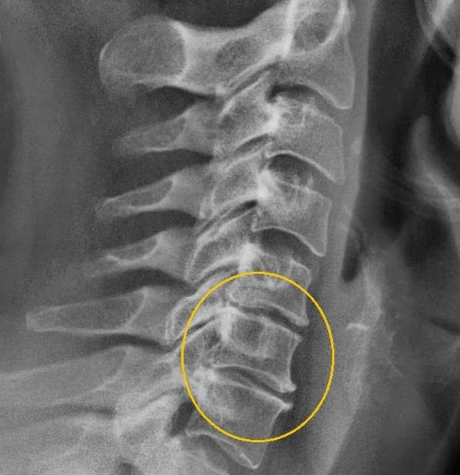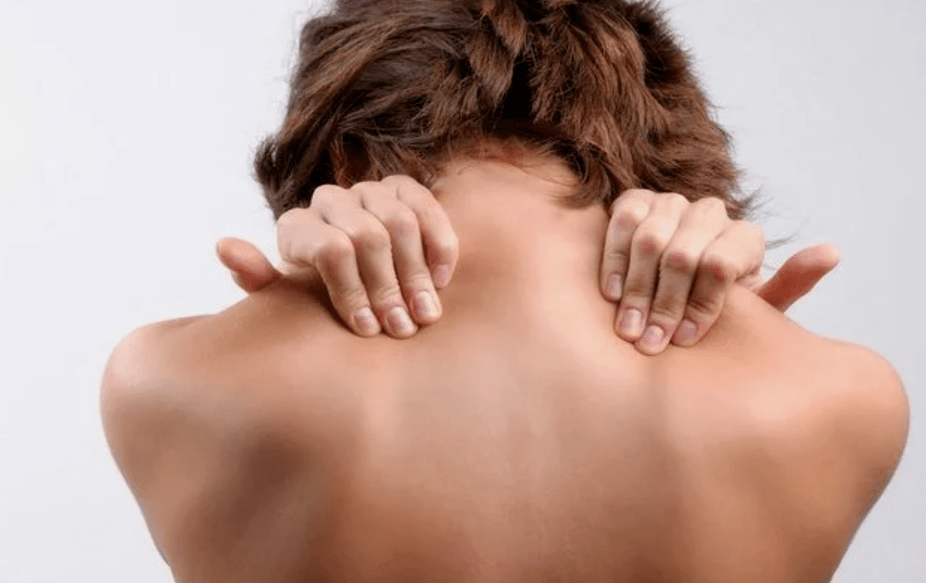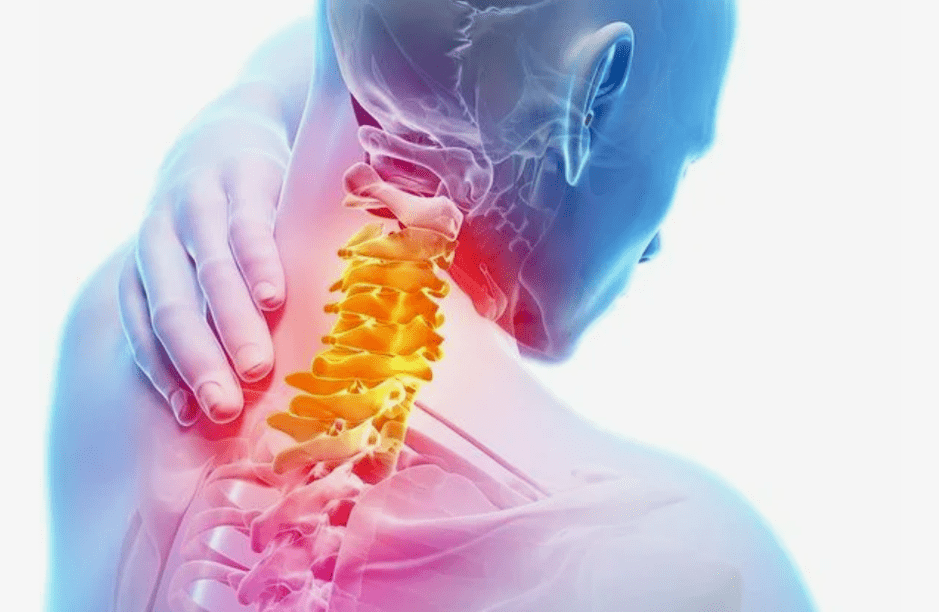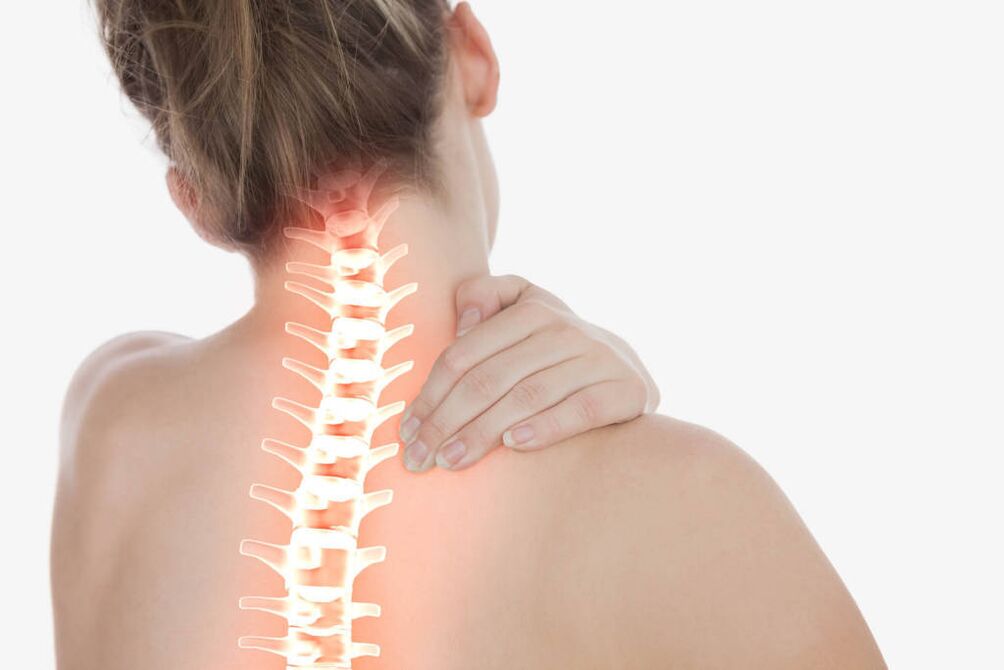


Important: These symptoms become more intense when inclined the head. As a rule, in the first stage of cervical osteochondicity, patients do not go to the doctor, believing that all symptoms are associated with fatigue, stress, age, lack of sleep. Stage II At this stage the vertebral protrusion began, the intervertebral cracks are narrowed, the fiber of the collagen fibrous ring is destroyed. There are remarkable painful symptoms of a point nature due to the compression of the nerve trunks, intensifying during throat movements and head speeds. Here you can already suspect the cervical osteochondria, the symptoms of which in the second stage are as follows: There is a pain in the throat, sometimes with a crunching. Shoulder and hands skin loses sensitivity almost completely. Headaches are frequent, do not spend for a long time. Visual dysfunction with "flies" in the eyes. Ring and ears noise. weakness of the upper extremity muscles. The clarity of the tendon reflexes is reduced. Firing pain with dedication under the shoulder blade. The feeling of a piece in the throat, the problems with swallowing. Sleep disorders, usually insomnia. Long holding the head in one position leads to severe pain. At this stage of disease development, patients are already coming to the doctor for help. Stage III The fibrous ring on the disc is destroyed, hernias are formed. In the third stage, there is a deformation of the spine, displacement and vertebral displacements due to their weak fixing. The symptoms are as follows: Intensive, acute throat pain, collar belt, heart area. The sensitivity of the scalp to the back of the head, to the shoulder area, to the hands, to the complete absence. Cervical spine hernia. Paresis and paralysis of the upper extremities. Terminal reflexes are not practically observed. This is a serious stage of the disease in which the patient is no longer able to support his head on his own. Spinal cord ischemia and the compression of the spine arteries lead to a complete inability to move and reduce the forces in the muscles in other parts of the body, as well as to a reduced spinal cord. How to cure cervical osteochondria The described state of the spine is a very serious pathology, which, with neglect, leads to disability and as a result of deep brain circulation disorders - and death. For this reason, with self -intermediary in the event of such symptoms, you should not. Osteochondria is treated in a hospital and at home exclusively as a medical prescription. In the early stages, the treatment of cervical osteochondrication is conservative, including drug prescriptions: non -self -inflammatory drugs, anesthetic, hormonal drugs, vitamin complexes, joint medicines -all relieve inflammation, inflammation, inflammation. In the acute period, medicines are prescribed in the form of injections, as the pain recedes, the patient goes to tablets. Physiotherapy, massage, exercise exercises, usually prescribed at the recession stage, participate in drug courses. In difficult cases, osteochondria is treated with surgery.































